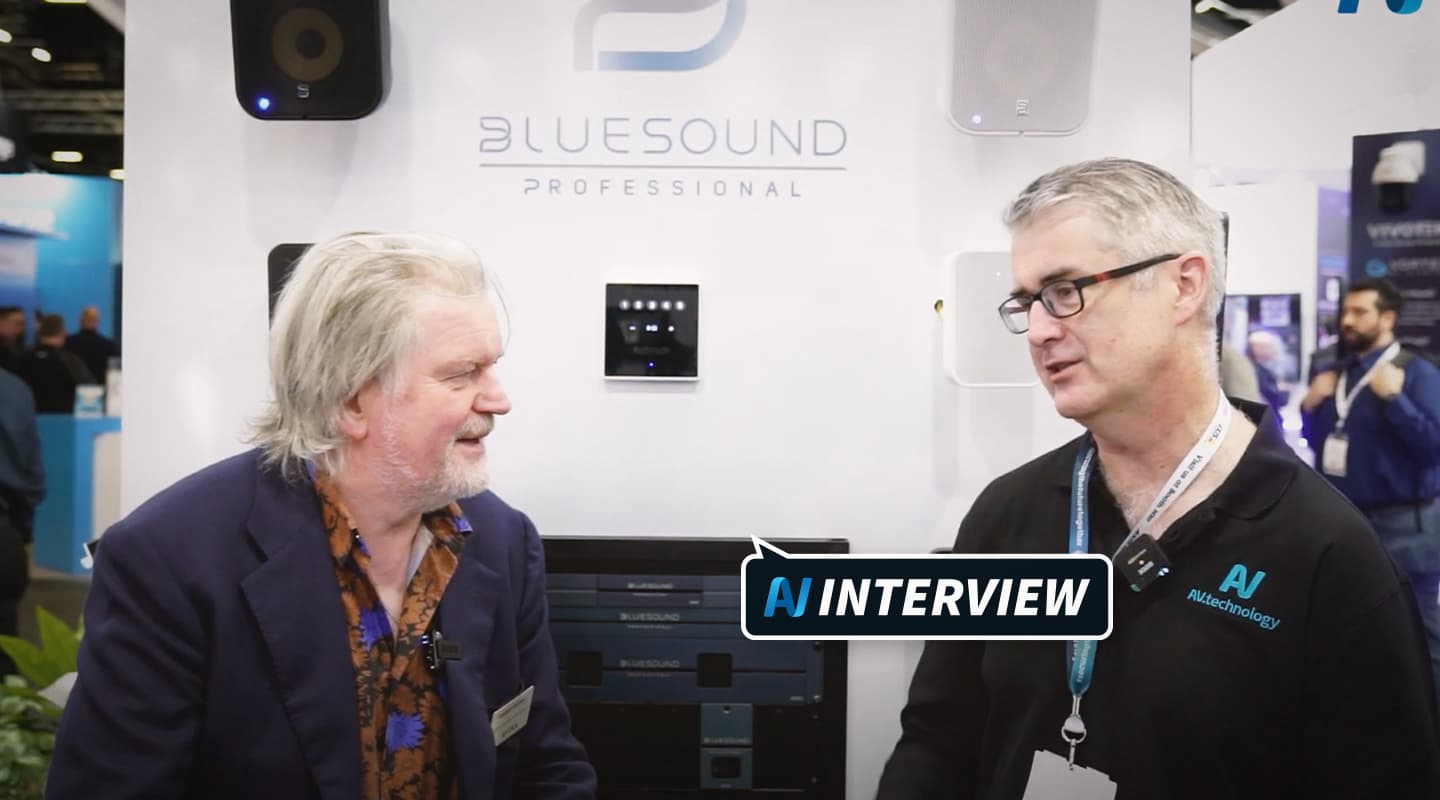
AV Interview: Graeme Harrison, Bluesound Professional
We catch up with industry legend, Graeme Harrison, on the Amber Technology stand at the Integrate Expo.
Interview:/ Christopher Holder
When many other AV industry pros might be considering working on their golf handicap after an illustrious career, Graeme Harrison has found himself at the centre of an interesting AV technology startup.
Graeme spent some 27 years at Biamp, rising to the lofty rank of Executive VP of Marketing. When that season came to an end, he decided to give birth to Bluesound Professional. We started by asking him about what hole in the market he identified.
Graeme Harrison: After my time with Biamp, I looked at a number of possibilities. What really attracted me was doing a startup late in life because I’d spotted a hole in the market and I’d never been first to market. For example, when Biamp introduced Audia, Peavey already had MediaMatrix, BSS already had SoundWeb — we were third to market. We ended up being the market leader, but we were third. Meanwhile, Bluesound Professional provides the first and, so far, only complete range of hardware for streaming audio in commercial spaces.
In residential spaces, there’s Sonos, Yamaha, Bose, Denon, B&W and others. Everyone’s got a multi-room system. But in the commercial space, your options are: use hifi equipment — as an integrator give your customer a 3.5mm line input to plug their laptop or phone or tablet into — or use a music service box, which then ties you to that music service. Bluesound Professional offers a whole range of hardware, from streamers — single zone, multi zone streamers — plus amplification, including 70 and 100V, and speakers with everything built in, that run via PoE. It’s a super simple installation.
AV: You’re already kicking some pretty serious goals in Australia. I heard that Coles Express has rolled out your systems in all its petrol station outlets?
GH: Yes, 800 outlets. But as well as really big rollouts, we’re going into interesting areas that we didn’t think about. Initially, we were focussed on hospitality and retail, but consultants are spec’ing us into stadiums, universities, museums and schools. We’re in hundreds of corporate installs — every company has a lobby, a cafeteria, sometimes they have a fitness centre.… Then we’re doing another really interesting side project with a company called MoodSonic and with Steelcase Furniture on biophilic soundscapes in work environments. It’s all part of the ‘well office’ movements that goes alongside lighting tracking circadian rhythms, HVC systems that follow outside temperature, green walls and fountains. It’s all around the idea that the workplace is the new hospitality sector — employers are having to entice people back into the workforce, and making changes.
AV: It doesn’t look like you’re winning these contracts because you have the largest product catalogue. What’s your philosophy regarding new product development?
GH: We’re really focussed on streaming. We’re really clear we don’t want to make commodity products. We want to make differentiated products, preferably ones that no one else does. So we make PoE speakers with streamers built-in. We even have a patent on PoE streaming speakers. We’re coming out later this year with ceiling and pendant speakers with streaming built in. With that, we’re really trying to appeal to a niche that no one else is filling. And as we grow out the line, it’s always going to be with differentiated products for particular applications. For example, we worked on the Coles Express project with music service provider, Qsic, which is moving into supermarkets. Which means we’ve needed to develop in-ceiling models, because surfacemount speakers won’t give us coverage in the middle aisles of a supermarket. Likewise, with MoodSonic and Steelcase, we can’t just do active loudspeakers because putting a thousand active speakers in a 10-floor office building is too expensive and too network intensive. So we’re working on some passive speakers specifically for them.
AV: To win these huge corporate rollouts you must be priced well?
GH: People in our industry all too often look at the price of the box. The customer doesn’t care about the price of the box; they care about the price of the job. So it’s the box, plus the installation time, plus everything else. We can offer a really compelling total cost of installation option. And when you overlay that with value-adds like a remote monitoring and control utility, as well as security features we’ve built in to work behind proxies. I think it’s a pretty compelling product offering.

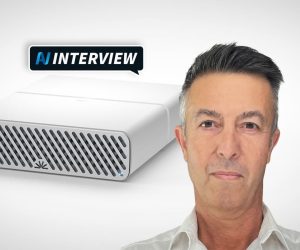



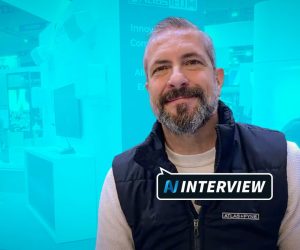

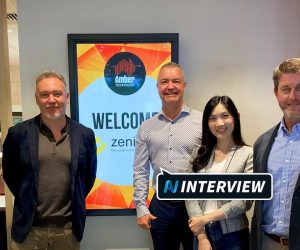
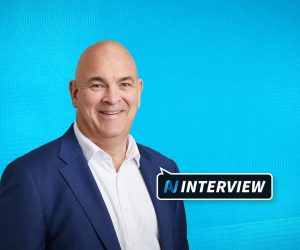
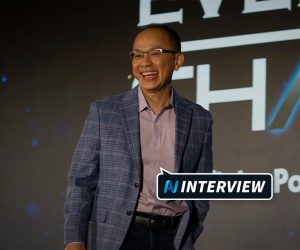
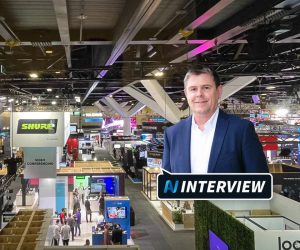




RESPONSES